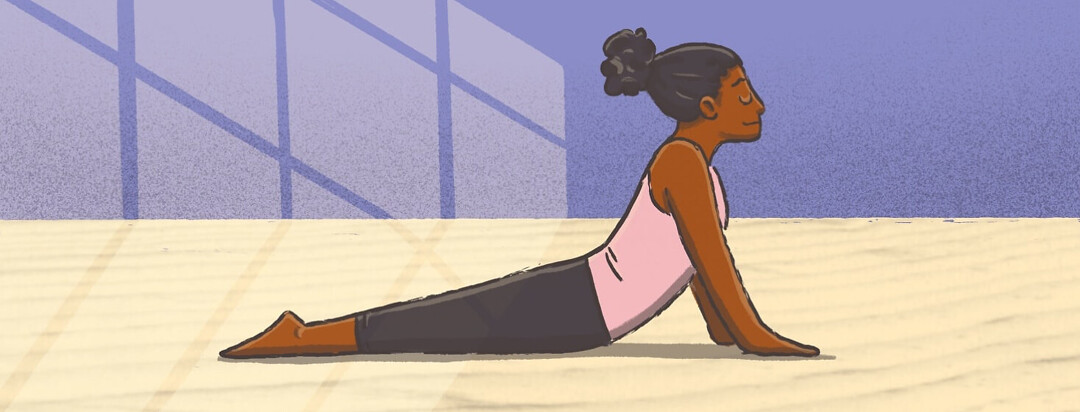Meditating With My Body: Yoga and Narcolepsy
A typical Sunday afternoon often finds me shaking and sweating over my yoga mat, trying to focus simultaneously on my breath and balance. The lingering smell of incense fills my head as I breathe with the collective. Yoga is one way that I’ve been able to get my meditation practice back after getting narcolepsy in college.
Yoga feels different now
Before I had type 1 narcolepsy, I could center myself with breathing and guided meditation practices. Now when I attempt to sit and contemplate nothing and everything at the same time, I find myself in uncontrollable sleep attacks.
After just 30 seconds of meditation practice, I can feel myself drifting into the land between dreams. My head lilts, my breath deepens, and my brain enters random sleep cycles upon its whim.
Physical activity and wakefulness
On the other hand, practicing yoga is strenuous enough to somehow keep my brain awake. Narcolepsy: A Clinical Guide by Dr. Goswami et al. states that physically active jobs are often ideal for those with narcolepsy who find themselves able to work.1
It is no doubt that physical activity helps keep me awake. For example, when I’ve reached my allotment of scheduled naps for the day and still find myself craving one, a brisk walk around the neighborhood can be enough to temporarily wake up my brain. A short yoga practice can have a similar effect on me, as well.
Staying focused in the moment
The bodily hyper-focus required to perform certain poses keeps me from falling asleep on the mat. The mindfulness that I experience while counting the seconds of my breaths, controlling my diaphragm, aligning my feet, knees, hips, and shoulders is incredibly powerful.
I experience a state of flow, where I can exist in that moment and that moment only. Everything else melts away. Here, I feel calm. Here, I feel safe.
Resisting the call of the void
Don’t get me wrong – I still struggle to stay awake in class. For example, after practicing for 30 minutes, I often find myself getting heavily fatigued. My eyelids grow heavy. When this happens to me at home, I sink myself into child’s pose, pressing my forehead into the mat, and take a nap.
When I am spending $11 an hour on a yoga class, however, I am not lulled so easily into the call of the void. I still find myself lingering in poses where we lay on the mat, wishing so badly that I could close my eyes and call it a day. A week. A year. But I remember the calm high that I get after completing a class, and I push on. It’s always worth it.
What happens during savasana?
Savasana is a yoga pose typically reserved for the end of each practice. This pose means lying on your back with your eyes closed, focusing only on your breath.
I often feel myself falling asleep in this pose. I have to stay tense to try to stay awake. Not being able to relax fully into savasana, the most rewarding pose of a yoga practice, I would say, is a small price to pay to be able to participate.

Join the conversation